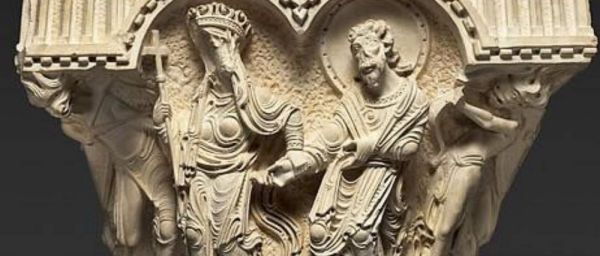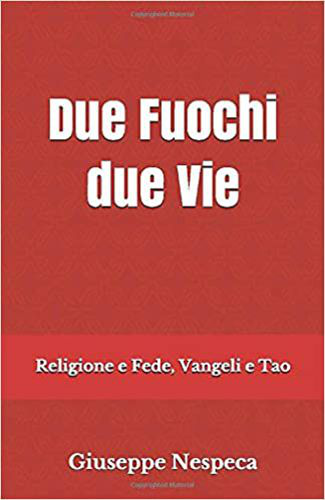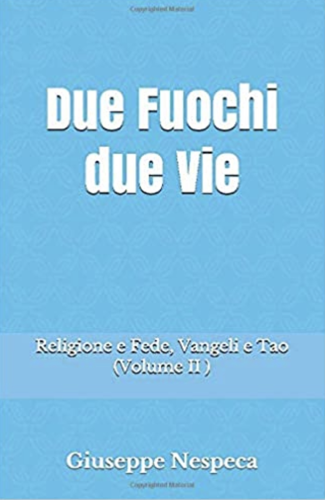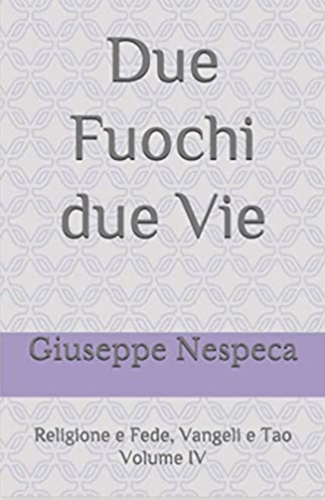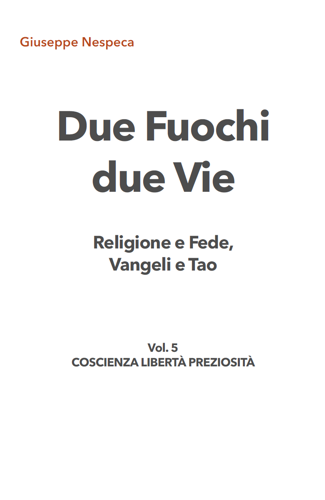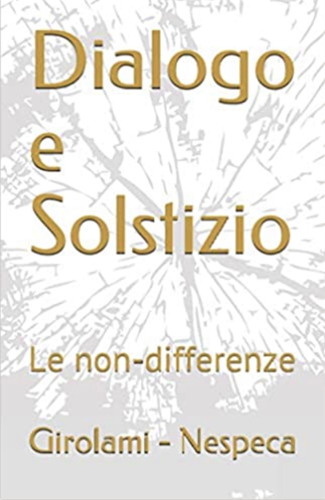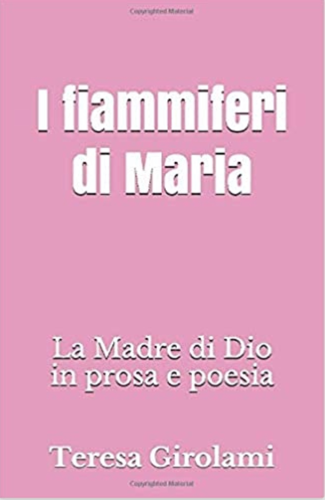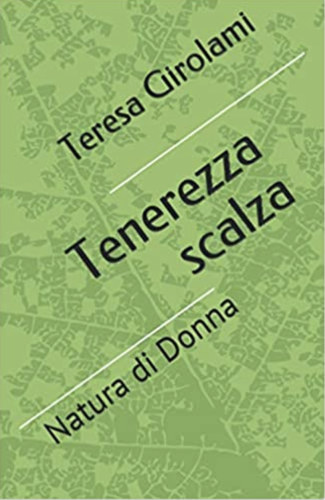(Luke 9:11b-17)
Food multiplied because it is distributed: A call not to be satisfied
Vatican II did not say a single word about the many forms of Eucharistic devotion.
In order to help us fully understand the Person of Christ, the Council Fathers were well aware that Jesus did not leave behind a statue or a relic. He preferred to express himself in a gesture that challenges us.
In the Jewish world, every family gathered around the table in the evening, and the breaking of bread was the most significant moment of their experience of conviviality (and of the memory of giving oneself to others).
The only bread was broken and shared among all the family members - but even a hungry poor person could come to the door, which was not to be locked.
Bread and wine, products that had absorbed the energies of heaven and earth, were perceived with spiritual sensitivity - gifts from the Creator for the life and joy of humanity.
In that culture, bread is a staple food. But our life is only complete if there is also an element of celebration: wine.
Even today, bread is not cut with a knife, out of respect for its sacredness: it is only broken. It contains concrete existence.
This is why Jesus chose the Banquet as a sign of his Person, his life, his word, his risky undertaking, given as food.
During family meals, bread and wine were not perceived as manna, that is, as natural and raw products. Nor was it simply a matter of eating to regain strength.
All the varied contributions of the household were also present in the wheat and grapes.
Around the table, each person saw in the bread and wine the fruit of their labour: clearing the land, ploughing, sowing, reaping, pruning, harvesting and pressing.
Women saw in bread the fruit of their labour in grinding, kneading and baking. Even children could remember something of their own, because the little ones helped to fetch water (if not from wells, then from a spring).
Dinner was a celebration of harmony. The table was a place where young people were taught to perceive existence in unity, rather than in indifference.
Gratitude for God's gifts and awareness of one's own contribution, which had (truly) achieved its goal in a spirit of synergy and communion.
Contributions, resources and abilities were offered in service to the life of all.
In the Eucharistic gesture, Jesus says: the new heavens and earth do not correspond to the world in which everyone rushes to reap for themselves or their circle, in order to grab the maximum amount of resources.
His Kingdom? Everyone is invited and brothers in harmony, no one is master or ruler - destined to stand before or above (even if quicker than others) even in Heaven.
Even the Apostles - called by Jesus to be with him but still remaining at a safe distance from him (cf. Lk 9:10, 12) - are not the owners of the Bread, but those who must offer it to all (vv. 13, 16), to create abundance where there is none.
To enliven meetings on the theme of the Eucharist and to internalise how there has been an evolution in the Catholic Church's understanding of the effectiveness of the Sign, I like to compare two great works of art.
Raphael, in his so-called Disputation of the Sacrament, depicts a sacred and static world. Today we would say (at first glance) that it is almost plasticised.
It is an environment that seems entirely predictable and characterised by a specific social, cultural and spiritual model, where everyone is placed according to their origins, position, status and spiritual rank.
Arcabas, a French artist who recently passed away, paints a picture that seems devoid of a protagonist: as if cut out, or (better) focused on the simple gesture. In other words, the decorative trappings are irrelevant to this proposal of life.
In the work of the contemporary painter, we see the sobriety of a person and a well-centred missionary spirit (which scratches, but makes us lose our heads much more than beautiful scripts); because in the world of Love, the best is yet to come.
We are challenged.
Arcabas illustrates a simply laid table: a plate that is certainly not from the best collection, a glass of wine without frills, a tablecloth simply laid on the table and characterised by its folds (not even ironed) that recall everyday life.
And above all, the normal gesture of breaking bread, step by step, with its crumbs that are neither fluffy nor white. The Eucharistic Banquet is not for the afterlife - who knows when that will be.
(For almost a thousand years, the Catholic Church celebrated with daily bread, as the Orthodox Church still does. As evidence, we still have very large trays, now reduced to small plates).
In the passage from Luke, Jesus causes consternation. He does not agree with the idea that everyone should fend for themselves; he does not even like the idea of almsgiving (vv. 12-13).
He tells his followers to make the crowd lie down (v.14 Greek text) as lords and free people did on solemn occasions.
He wants and insists that the apostles serve first (vv. 13, 16), not other slaves.
Perhaps most astonishing is that he does not require any of those present to perform preventive acts of purification, as was customary in traditional religiosity.
Before the meal, it was customary to perform ablutions: a sort of ceremony that emphasised a sacred separation between the pure and the impure.
(Christ does not even like the paths of each person to be subject to external observers, experts who impose abstract principles and a dehumanising rhythm that is not commensurate with the person).
The apostles' only task is to distribute the Food - to be broken up, sifted and assimilated in order to build a new Kingdom - not to make preventive X-rays, let alone interested ones.
The absolute and non-negotiable criterion is the fullness of life of the last to arrive; the opposite would be (truly) a valley of tears, tinged with dissatisfaction and discontent.
In religion, we have a long list of requirements to observe in order to present ourselves before God.
On the path of Faith, it is the gratuitous encounter with the Lord that makes us grow, making us pure without conditions.
Even in the Disputation of the Sacrament, the person closest to the altar (almost identifying with it) is St. Francis, crouching below the level of the table. He too is a veteran.
The gaze of the alter Christus towards the outside meets and draws the attention of two young men on our left, halfway into the perspective, also crouched down and overwhelmed by figures of high spiritual rank.
The moral: the Eucharist is not a reward for the righteous, but (where and how we are) a call to real conviviality. An evergreen reminder not to be satisfied.



